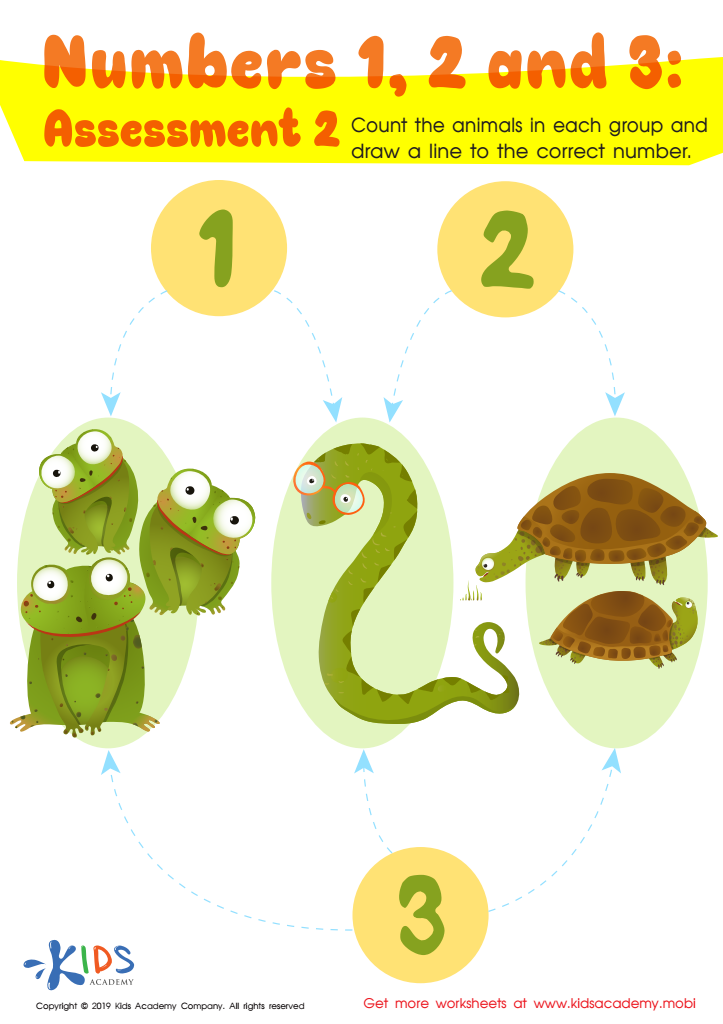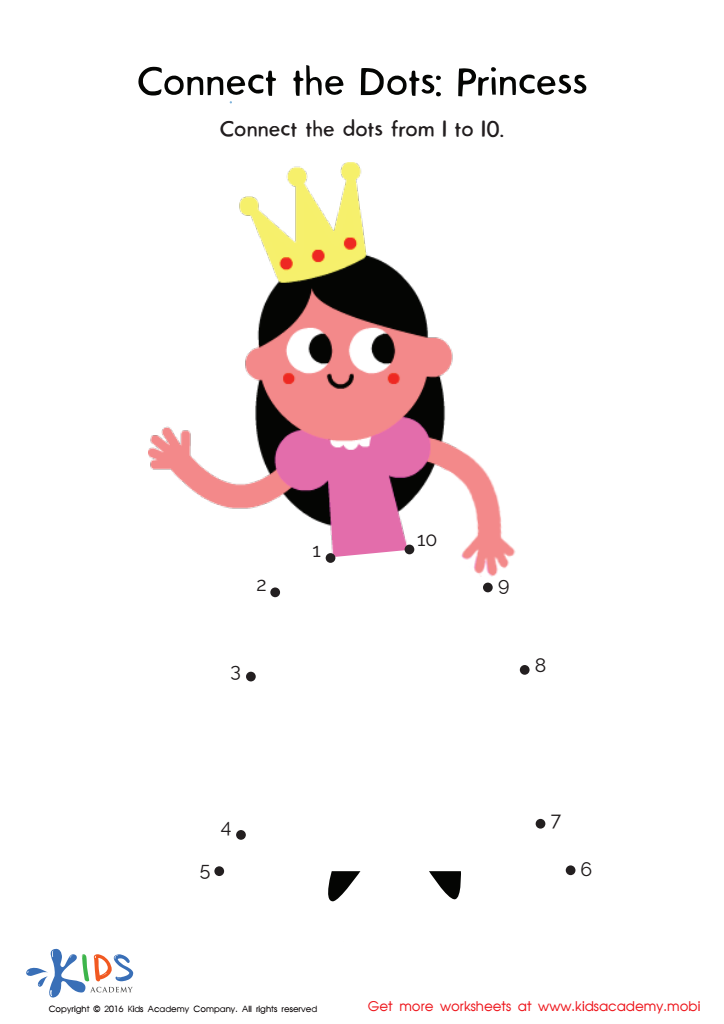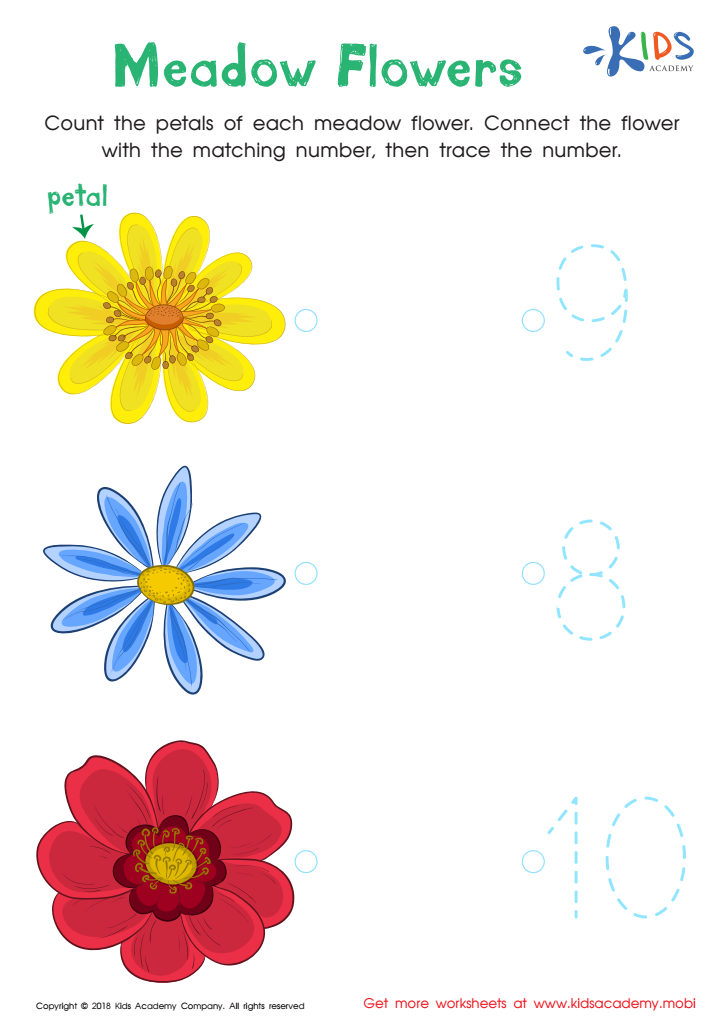Number Sequencing Numbers Worksheets for Ages 3-4
11 filtered results
-
From - To
Discover our engaging Number Sequencing Worksheets designed specifically for ages 3-4! These worksheets help young learners develop essential counting and number recognition skills through fun and interactive exercises. Children will enjoy exciting activities that foster critical thinking as they arrange sequences of numbers from 1 to 10. Our carefully crafted worksheets lay a strong foundation for mathematical understanding while keeping little minds entertained. Perfect for parents and educators alike, these resources enhance early numeracy skills in a playful way. Download and explore our variety of worksheets to support your child's learning journey today!


Learn dozens: Space math Worksheet


Counting and Numbers: Assessment Worksheet


Ordering 11–20: Chicken & Egg Dot–to–dot Worksheet


Kindergarten Number Tracing: Mary's Bag Worksheet


Frog Countdown Worksheet


Pirate Ship Connect Dots Worksheet


One Less in the Family Worksheet


Numbers 1, 2 and 3: Assessment 2 Worksheet


Princess Connect Dots Worksheet


Kindergarten Number Tracing: Medow Flowers Worksheet
Number sequencing is a foundational mathematical skill crucial for children aged 3-4, which parents and teachers should prioritize. Understanding number sequences helps children recognize patterns, organize information, and develop critical thinking skills. At this age, children are naturally curious and eager to learn, making it an ideal time to introduce them to the concept of ordering and arranging numbers.
Developing sequencing skills supports early literacy, as it enhances cognitive abilities required for reading and comprehension. When children learn to recognize the order of numbers, they also become more adept at understanding patterns in language and narratives.
Moreover, number sequencing aids in the development of fine motor skills, particularly when using manipulatives during hands-on activities. As children count, place, or sort numbers, they gain coordination and control, essential for future tasks, including writing.
Lastly, sequencing fosters a sense of accomplishment and confidence. As children master this skill, they build a solid math foundation that will serve them well in higher education. By nurturing these abilities through play and exploration, parents and teachers create an engaging learning environment that sets the stage for future success in mathematics and beyond.
 Assign to My Students
Assign to My Students






















